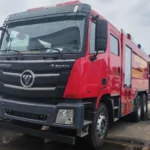Fire engines are the most iconic firefighting vehicles and for good reason. They are equipped with a wide range of firefighting equipment that can be used to extinguish fires of all sizes and types.
In this article, we will take a closer look at the different types of fire engine vehicles, the firefighting equipment they carry, and how they are used to fight fires.
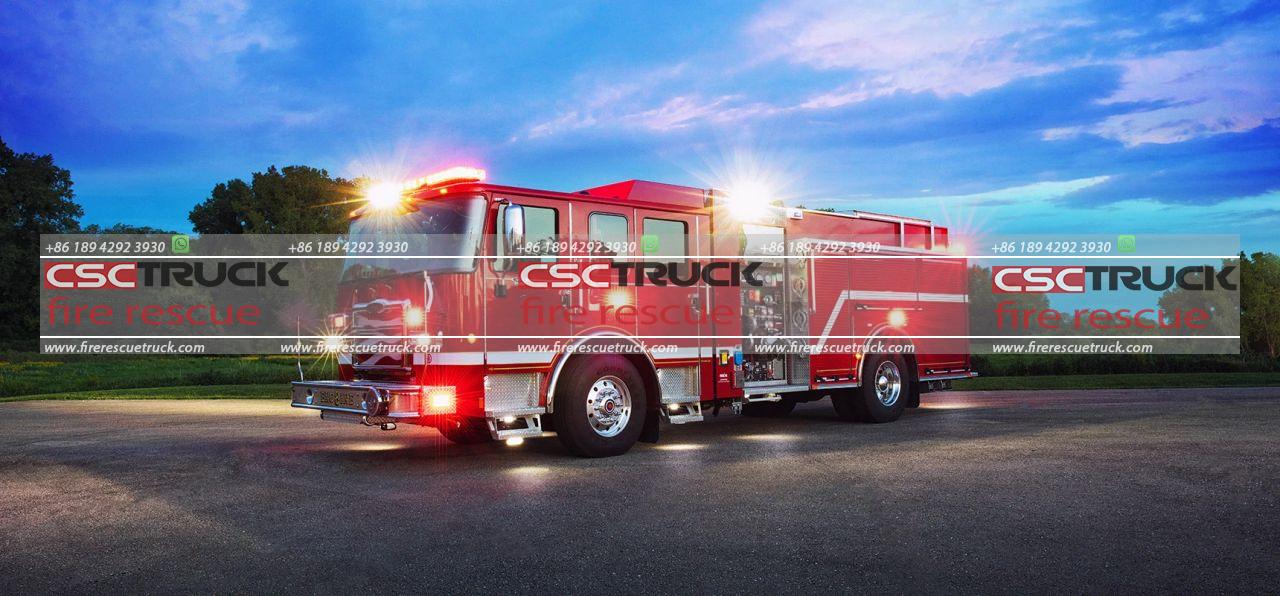
Types of Fire Engine Vehicles
There are many different types of fire engine vehicles, each designed for a specific purpose. Some of the most common types of fire engines include:
- Pumper trucks: These are the most common type of fire engine. They are equipped with a water pump and hoses, and they are used to extinguish fires by applying water directly to the flames.
- Tankers: These fire engines carry large amounts of water, and they are used to refill pumper trucks or to provide water for other firefighting operations.
- Ladder trucks: These fire engines are equipped with a ladder that can be extended to reach high-up areas. They are used to rescue people from burning buildings and to fight fires that are located in tall structures.
- Rescue trucks: These fire engines are equipped with a variety of rescue equipment, such as Jaws of Life, to extricate people from crashed vehicles or other dangerous situations.
- Hazardous materials (HAZMAT) trucks: These fire engines are equipped with specialized equipment to handle fires involving hazardous materials.
Firefighting Equipment
In addition to the different types of fire engine vehicles, there is also a variety of firefighting equipment that can be used to fight fires. Some of the most common firefighting equipment include:
- Water: Water is the most common firefighting agent. It is used to cool the flames and to smother the fire.
- Foam: Foam is a water-based extinguishing agent that is used to create a barrier between the flames and the fuel.
- Dry powder: Dry powder is a fire extinguishing agent that is used to smother the fire.
- Gaseous agents: Gaseous agents, such as carbon dioxide and halon, are used to displace the oxygen in the air, which suffocates the fire.
- Fire extinguishers: Fire extinguishers are portable firefighting devices that can be used to extinguish small fires.
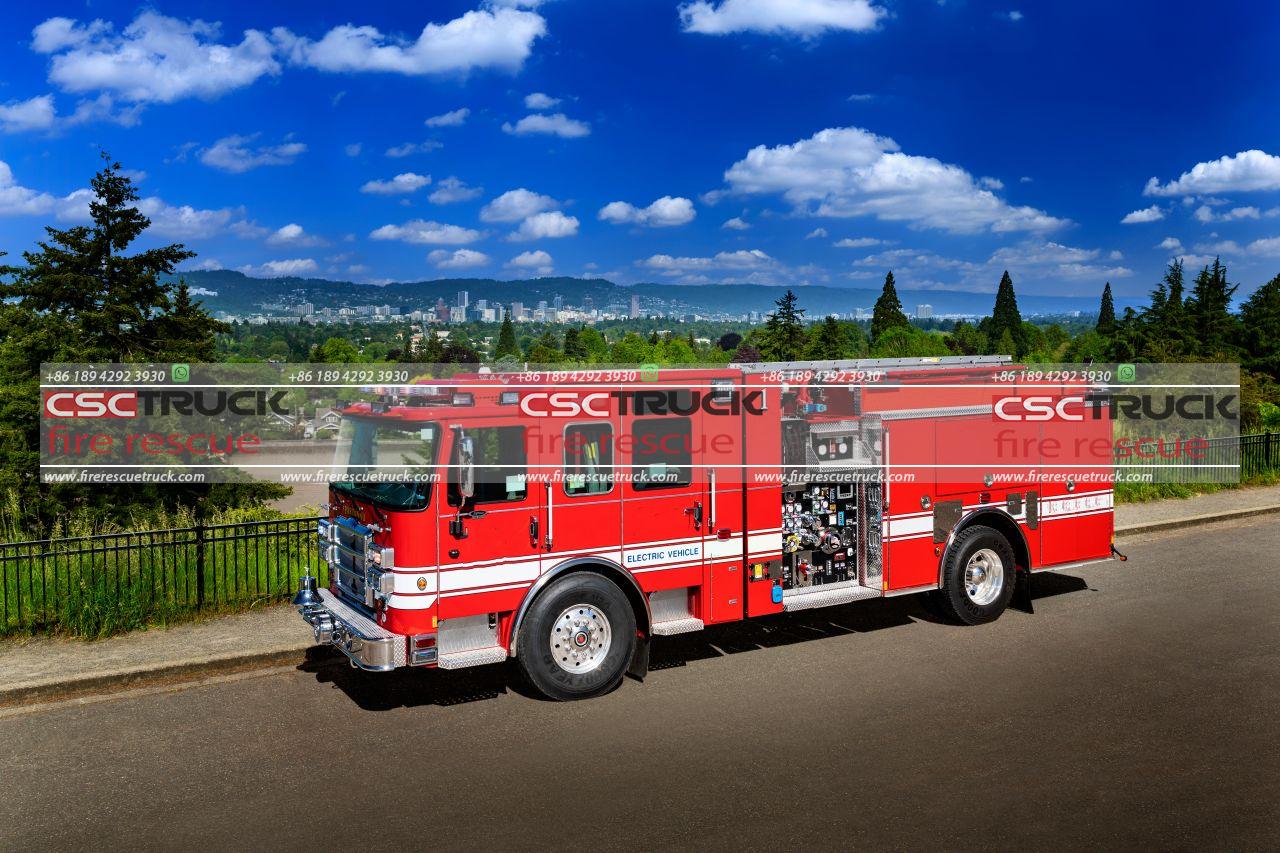
How Fire Engine Vehicles Are Used to Fight Fires
Fire engine vehicles are used to fight fires in a variety of ways. The specific way that a fire engine is used will depend on the type of fire and the situation.
In general, fire engine vehicles are used to:
- Extinguish fires by applying water, foam, or other extinguishing agents.
- Rescue people from burning buildings.
- Provide medical assistance to victims of fires.
- Secure the scene of a fire.
- Prevent the spread of fire.
The History of Fire Engine Vehicles
The history of fire engine vehicles dates back to the 17th century. The first fire engines were hand-pumped, and they were used to extinguish fires by applying water directly to the flames. In the 18th century, steam-powered fire engines were developed, and these engines were much more powerful than hand-pumped fire engines.
In the 19th century, gasoline-powered fire engines were developed. These fire engines were much faster and more maneuverable than steam-powered fire engines, and they quickly became the standard type of fire engine.
In the 20th century, fire engine vehicles continued to evolve. New types of fire engines were developed, such as ladder trucks and rescue trucks. Fire engine vehicles also became more specialized, with different types of fire engines designed for different types of fires.
Today, fire engine vehicles are equipped with a wide range of firefighting equipment, and they are used to fight fires of all sizes and types. Fire engine vehicles are an essential part of the firefighting response, and they play a critical role in protecting people and property from fire.
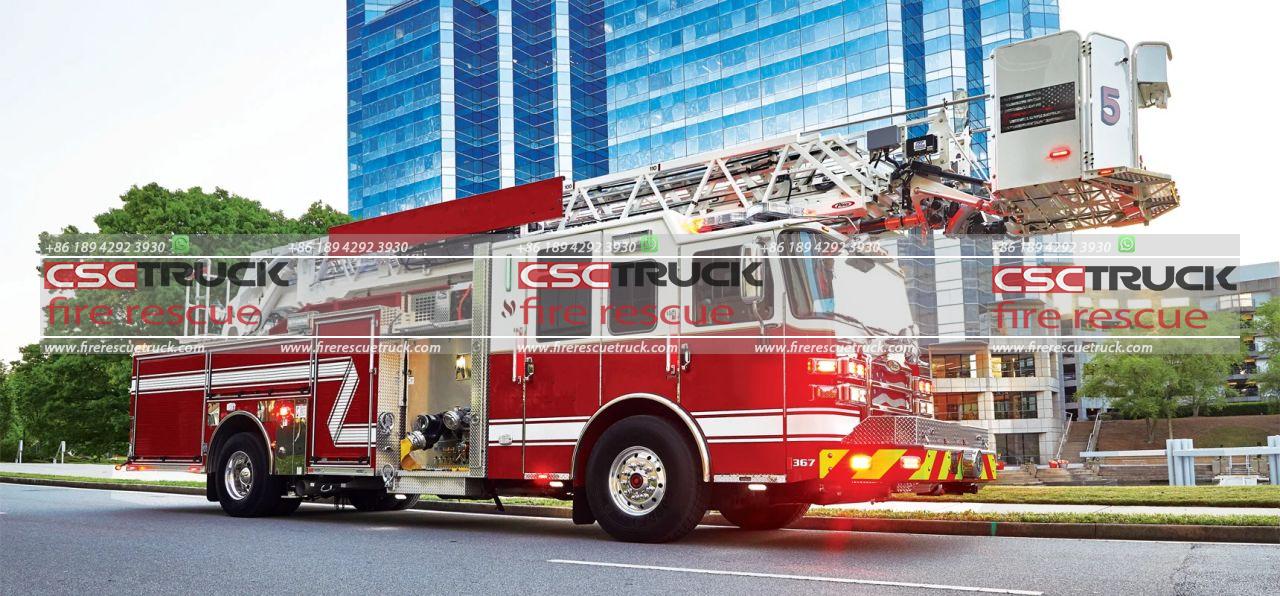
The Future of Fire Engine Vehicles
As the fire service evolves, so too will fire engine vehicles. In the future, fire engine vehicles are likely to become even more specialized, with different types of fire engines designed for different types of fires. Fire engine vehicles are also likely to become more automated, with features such as self-driving capabilities and robotic firefighting equipment.
The future of fire engine vehicles is bright. As technology continues to advance, fire engine vehicles will become even more powerful and versatile. This will allow firefighters to better protect people and property from fire, and it will help to ensure that the fire service remains one of the most effective forces for good in the world.
Additional Information
In addition to the information provided in this article, there are several other resources available that provide more information about fire engine vehicles. Some of these resources include:
- The National Fire Protection Association (NFPA): The NFPA is a non-profit organization that develops fire codes and standards. The NFPA website has a section on fire engine vehicles that provides information on the different types of fire engine vehicles and their capabilities.
- The Fire Apparatus Manufacturers’ Association (FAMA): FAMA is a trade association that represents fire apparatus manufacturers. The FAMA website has a section on fire engine vehicles that provides information on the latest fire engine technologies.
- The International Association of Fire Chiefs (IAFC): The IAFC is a professional organization for fire chiefs. The IAFC website has a section on fire engine vehicles that provides information on the role of fire engine vehicles in the fire service.
I hope this article has provided you with a better understanding of fire engine vehicles. If you have any further questions, please feel free to ask.
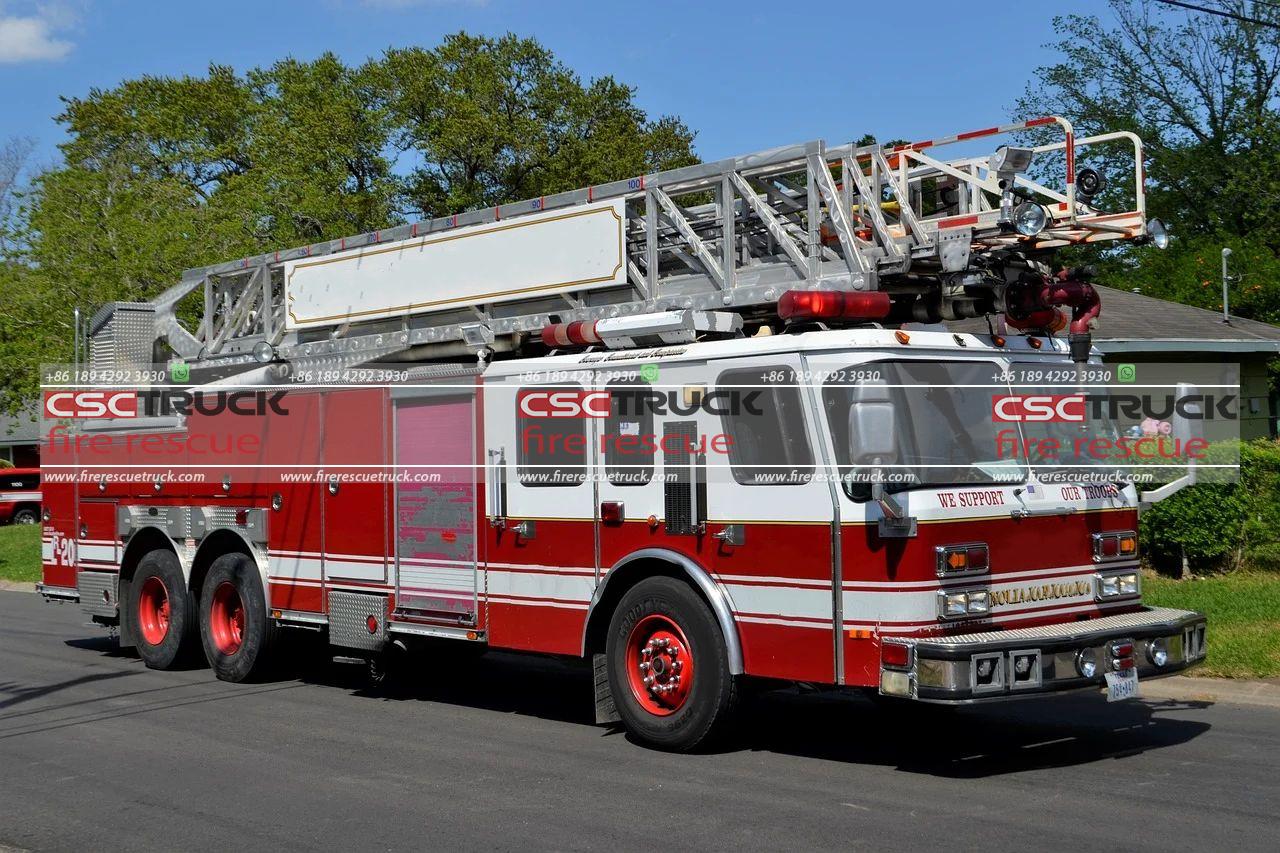
Conclusion
Fire engine vehicles are an essential part of the firefighting response. They are equipped with a wide range of firefighting equipment that can be used to extinguish fires of all sizes and types. Fire engine vehicles are also used to rescue people from burning buildings and to provide medical assistance to victims of fires.
In addition to their role in firefighting, fire engine vehicles can also be used for other purposes, such as providing water for firefighting operations, transporting equipment, and providing command and control.
Fire engine vehicles are a vital part of the fire service, and they play a critical role in protecting people and property from fire.






